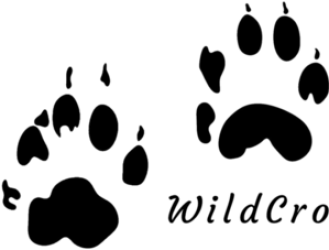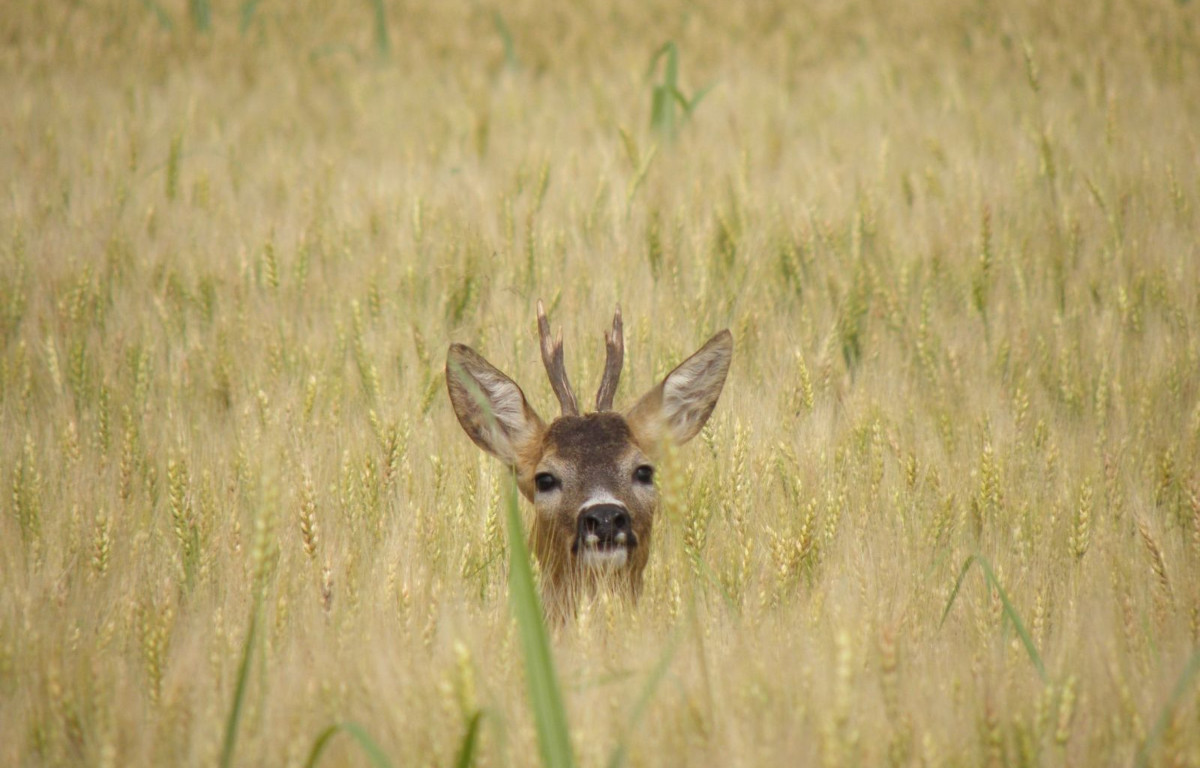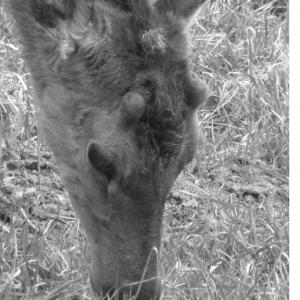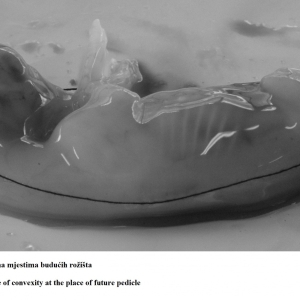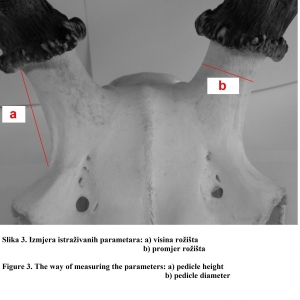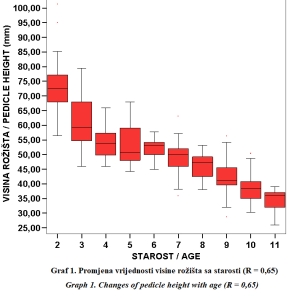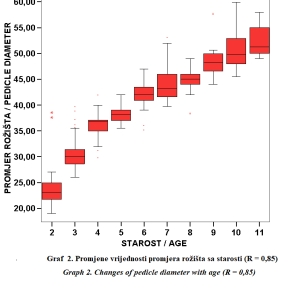Antles of deer family (Cervidae) is an example of fast growing bones and the only bony structure form of mammals, capable of complete regeneration. Every year, antlers are cast and a set of new antlers are growing every year. This is called the antler growth cycle and is closely related to the reproduction cycle, hormonal processes and photoperiodism in the Cervidae family. The antlers, that are changing every year, grow on the pedicles that last for a lifetime and that do not become bone, but are leather-coated for a lifetime.
Pedicles grow during the first year of life, when a male calf comes into puberty. Usually it is during the fifth or sixth month of life, but beside the age, for the growth of the pedicles and the first antlers, it is more important that a male calf reach a certain threshold of body mass. Physical mass allows entry into puberty and involves the work of male sex glands (testis) that leads to male sex hormone (testosterone) and stimulate the growth of the pedicles (Figure 1).
Thus under the growth of testosterone the pedicles grow, but antlers under the influence of tertosterone cease to grow and enter the stage of mineralization and nourishing. The evidence of the effect of testosterone on the growth of the pedicles is still found in the development of the fetus.
Between the 50th and 100th days of the development of the fetus, fetal development of the gonadal (sexual glands) in the Red deer occurs. At that time, male fetuses may notice thickening at the sites of future forward projections – the pedicles and the appearance of thickening of the neck muscles.
Both characteristics are the secondary sexual characteristics of males in Red deer and occur at the time of development of male sex glands, which then yield enough testosterone to briefly develop the development of these characteristics (Figure 2). During the life of male Red deer, pedicles change their form, so the aim of the paper was to observe changes in the males’ pedicles and to associate them with the male age class. Simply to offer a model for population management classification of male deer at age classes.
The value of the diameter of the pedicles increases with age (Graph 1), while the height of the pedicles with the age decreases (Graph 2). The practice of hunting management strives for simplicity, so this research has been carried out to simlify the classification of stags in to age classes
In addition to the height and diameter of the pedicles, a significant change in the height and diameter of the pedicles in relation to the age was found. Thus the regression coefficient of the height of the pedicles and age is significant and is R = 0.65 (AGE = 15.25 – 0.18 x height of the pedicles) (the height of the pedicles decreases with age), also the regression coefficient of the diameter of the pedicles and age is significant is R = 0.85 (AGE = 0.25 x pedicles diameter – 4.72) (the diameter of the pedicles increases with age).
Changes in the height and the diameter of the pedicles are significant and are in such a good relationship with each other as compared to the age to be counted in hunting management. These mean values as well as mathematical expressions for age determination, considering the degree of significance, can be used to determine age and classification in the age classes (young males in 3, 4 and 5 years of old males, middle-aged males in 6, 7 and 8 years of old males and mature 9-year-old males) in practice of hunting management in this area of research.

